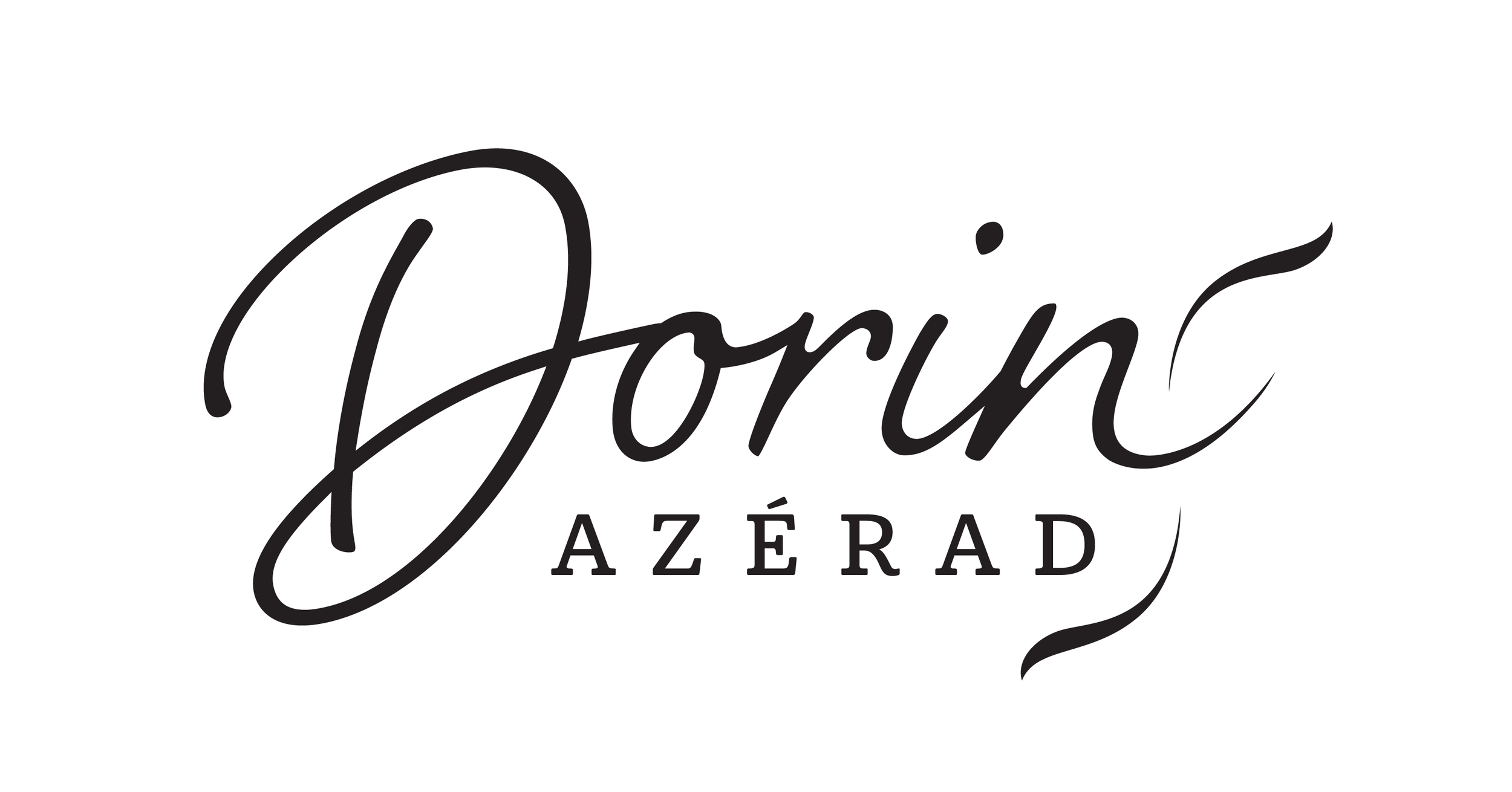Alopecia
Alopecia is the partial or complete absence of hair from areas of the body where it normally grows. There are many different types of alopecia. Hair loss is not damaging to one’s physical health; however, it can affect one’s quality of life and emotional health through its impact on one’s self image. People of all ages, sexes, and ethnic groups can develop alopecia.
Types of Alopecia Areata
Alopecia Areata is a skin autoimmune disease, causing hair loss on the scalp, face, and sometimes on other areas of the body. It results in one or more coin-sized hairless patches on the scalp or other areas of the body.
Aloepcia Totalis is total loss of the hair on the scalp. It is a more advanced form of alopecia areata.
Alopecia Universalis is the complete loss of hair on the scalp, face, and body, including eyelashes and eyebrows. It is the most advanced form of alopecia areata.
Alopecia Barbae is alopecia areata of the beard. It can be a single bald path or more extensive hair loss across the whole beard area.
Androgenetic Alopecia is male or female-pattern baldness. It is thinning of the hair to an almost transparent state. It is believed to be a hereditary form of hair loss and is the most common type of progressive hair loss.
Traction Alopecia is alopecia due to excessive pulling or tension on hair shafts due to certain hair styles. Hair loss depends on the way the hair is being pulled. Prolonged traction alopecia can stop hair follicles developing and lead to permanent hair loss.
Anagen Effluvium is hair loss caused by chemicals such as those in cancer treatments. It begins as patchy hair loss, but can become total hair loss. Once you stop using chemicals, the hair normal grows back.
Telogen Effluvium is a form of hair loss where more than normal amounts of hair sheds. There is a general ‘thinning’ of the hair. This form of hair loss is temporary and the hair growth usually recovers.
Resources & References
Adapted from Alopecia UK
American Academy of Dermatology
